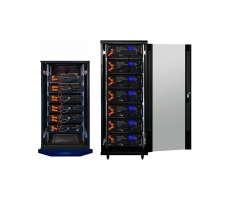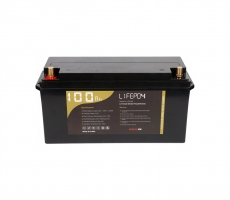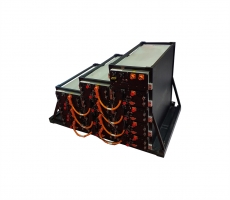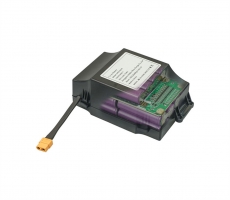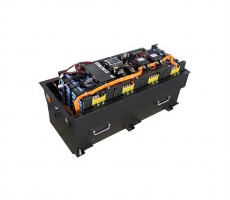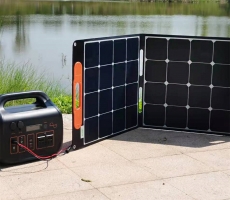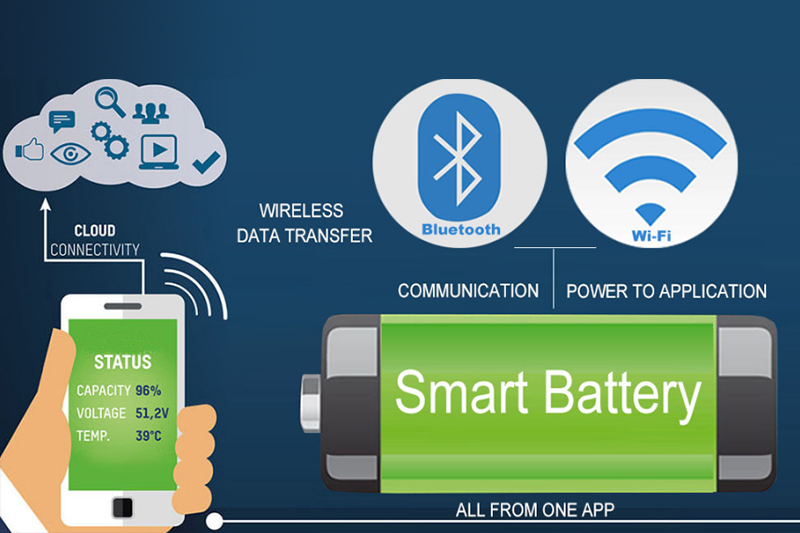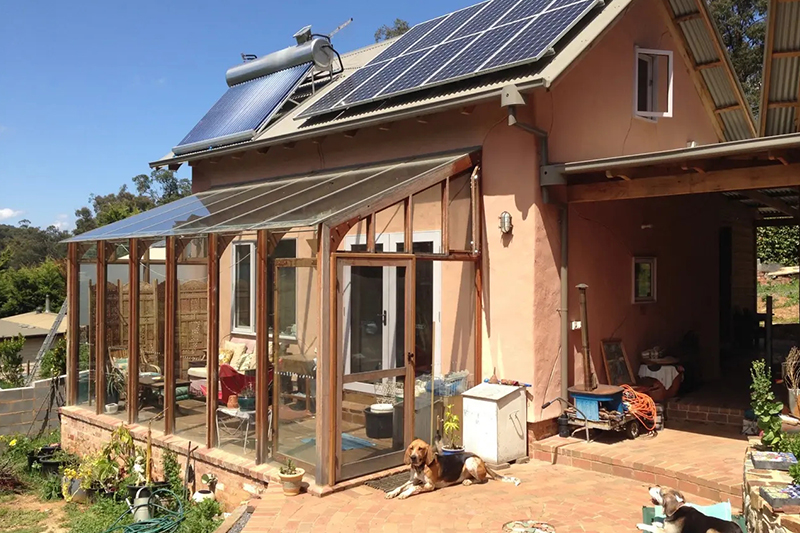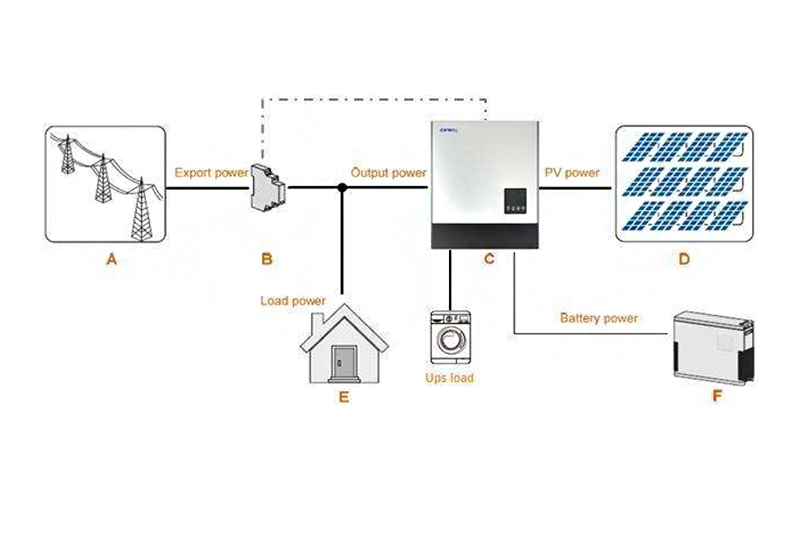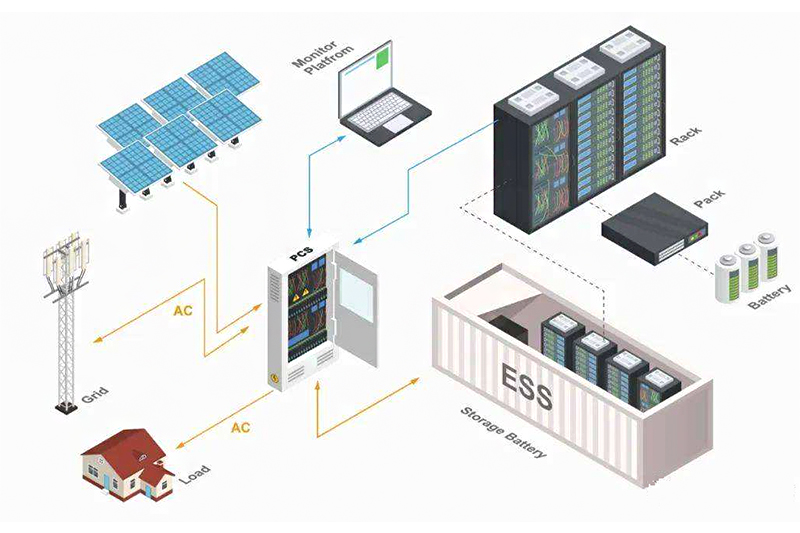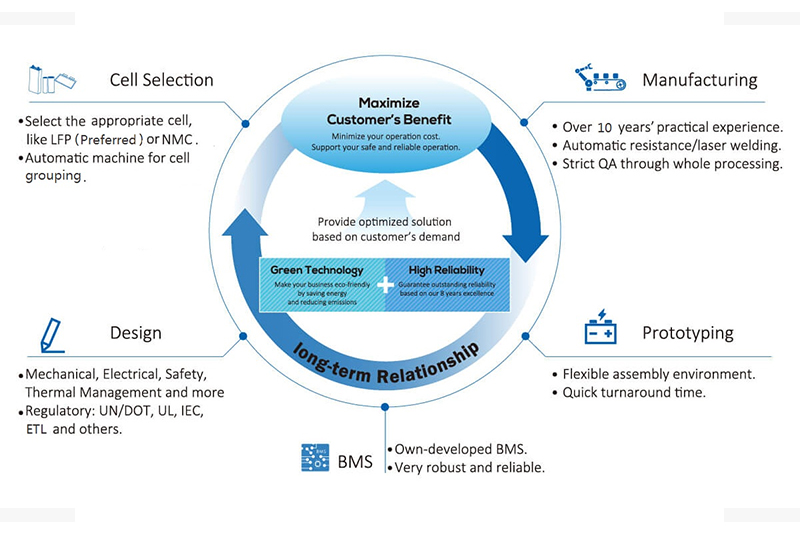Analysis Report (2): Cost and Value of Hybrid Energy Storage Projects in
the United States
5. Capacity Value
(1) The capacity contribution of a hybrid deployment project is less than
the sum of its parts
The capacity contribution of hybrid projects varies by region and depends
on configuration and operational constraints. Sharing hybrid project base
projects can reduce costs, but may reduce capacity value.
(2) Capacity certification is critical for hybrid deployment projects
Electricity systems require sufficient generation capacity to meet peak
electricity demand, often well above average. Variable renewable energy can help
meet this need. However, their contribution gradually decreases with increasing
penetration due to changing demand patterns, which poses a barrier to
decarbonization of electricity. Pairing renewable energy generation facilities
with energy storage systems can alleviate this challenge and provide a path to
more reliable and clean energy.
(3) New methods are needed to easily assess the relative capacity
contribution of hybrid deployment projects
Methods for determining individual resource capacity credits, such as
effective carrying capacity, rely on data-intensive and complex probabilistic
models. Using these models, it is difficult to explore changes in capacity
contribution across various configurations, operational constraints, regions,
and scenarios.
(4) The capacity contribution of a hybrid deployment project is not the sum
of the parts
Hybrid deployment recommendations typically share underlying projects or
introduce new operational constraints among various energy components. Shared
infrastructure projects (including inverters or interconnection to the grid) may
lead to competition for limited capacity, reducing the contribution of
individual element capacity in mixed deployment projects. This is most evident
when renewable energy facilities generate electricity at times that coincide
with periods of high reliability risk.
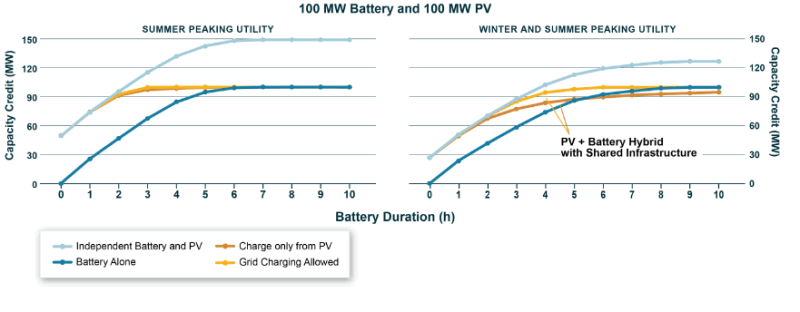
6. Ancillary Services
(1) Ancillary services market is a valuable but short-lived option for
hybrid deployment projects
Analysis shows that, in at least some parts of the US, hybrid projects can
unlock significant value from the ancillary services (AS) market. But the
ancillary services market is likely to become saturated with most battery
storage projects currently in the interconnection queue.
(2) Ancillary service terms can provide additional market opportunities for
hybrid deployment projects
As wind and solar power make up a larger share of the power generation
system, there is growing interest in enabling these resources to provide
additional reliability services to the grid by participating in the ancillary
services (AS) market. This opportunity can provide hybrid deployment project
owners with an additional revenue stream to offset the decline in energy and
capacity value due to increased penetration of solar and wind power.
(3) Ancillary Services Market Significantly Increased Revenues for Hybrid
Deployment Projects
According to the study, owners of hybrid deployment projects participating
in the ancillary services market and the energy market will receive additional
income relative to the energy market alone. Whereas the study focused on the
regulatory reserve markets, which typically have the highest prices among
ancillary service products. The study found that participating in the regulated
market can generate additional revenue from 1/MWh to $33/MWh (increase of 1% to
69%) for hybrid deployment projects (as shown in the figure below).
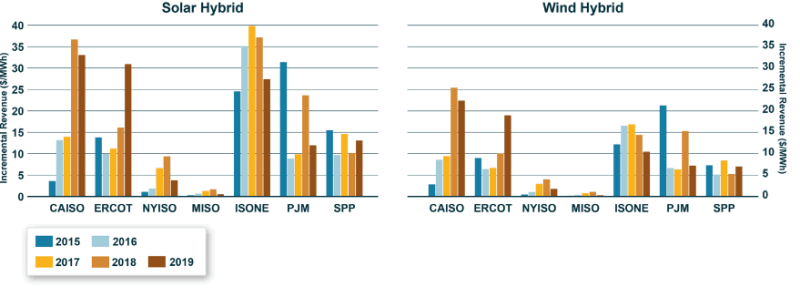
(4) ISO/RTO can differentiate ancillary service offerings to prioritize
hybrid deployments
The distinction between separate up- and down-regulation products could
allow wind, solar and energy storage projects to more efficiently provide
regulation reserve services. Independent system operators (ISOs) and regional
transmission organizations (RTOs) should first prioritize the participation of
hybrid projects in the ancillary services market, and then consider how
independently deployed wind and solar facilities can participate.
(5) The ancillary service market is relatively weak
Supply growth can lead to market saturation and lower prices for ancillary
services, even in regions with higher incremental value for standalone and
hybrid projects. In 2017, Independent System Operators (ISOs) and Regional
Transmission Organizations (RTOs) procured an average of about 60-800MW of
conditioning reserve services. By contrast, independent system operators (ISOs)
and regional transmission organizations (RTOs) have more than 289GW of
standalone and hybrid energy storage systems in their interconnection queues by
the end of 2021, while regulating reserve requirements are only 4.8GW.
7. Market participation
(1) Hybrid deployment projects can participate in the electricity market
more flexibly
The multiple configurations of hybrid projects increase the opportunity and
complexity of tendering and dispatching in the electricity market. Renewable
energy developers will be able to assess the risks and rewards of running a
hybrid deployment project as a single unit or as multiple parts with different
functions. Grid operators may find new ways to leverage hybrid deployment
projects to maintain reliability.
(2) Consider two advanced market participation models
Hybrid deployments can interact with wholesale electricity markets as a
single, fully integrated resource or as separate but co-located resources. As an
integrated resource, hybrid project operators must forecast wind or solar power
generation and manage their accompanying battery storage systems when developing
market bids. Managed as separate resources, wholesale market operators will
implement methods to manage the dispatch of battery storage systems and the
variability of wind or solar generation, taking into account any coupling
constraints.
(3) Developer preferences vary
Developers and market operators will evaluate the cost and revenue impact
of each model. Currently, separate but co-located models are the most popular
choice in California. However, if the hybrid deployment project is designed to
follow scheduling signals other than wholesale market prices (such as peak load
reduction, incentive plan payments, or elastic benefits), hybrid deployment
project owners may favor the high degree of autonomy offered by the fully
integrated model. Regulators should strive to maintain flexibility in
participation in order to stimulate innovation.
8. Operation
(1) The power system value of hybrid deployment project systems depends on
how they operate
Apart from technical features and location, the operational strategy of
solar + energy storage projects is a key driver of their market value.
(2) Not all large-scale solar+storage projects pay attention to wholesale
price signals
Behavioral models for solar-plus-storage projects typically assume that
project operators optimize battery storage usage and ultimately generate more
revenue in the wholesale market. But after examining empirical dispatch data
from hybrid plants across the U.S., it was found that only a handful of
solar-plus-storage projects operating in 2020 focused primarily on price signals
in the wholesale market. In contrast, participants in special energy storage
incentive programs (such as SMART) focus on the timing of incentive payments
(see Figure a), load-serving entities attempt to reduce their exposure to
capacity and transmission demand charges (Figure b), and energy consumers
prioritise Consider resiliency and minimization of utility bills. These
alternative business models can generate higher revenues for solar-plus-storage
project operators, but do not optimize energy storage scheduling from a grid
perspective and can sometimes hinder grid revenue.
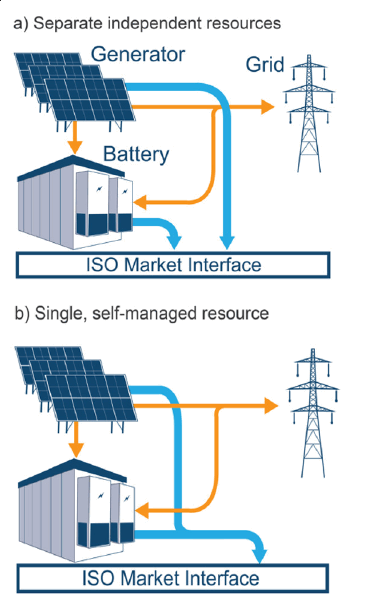
(3) Contracts limit the flexibility of solar+storage projects, thereby
hindering optimal scheduling
A sampling of power purchase agreements (PPAs) for solar-plus-storage
projects found that a number of constraints are often imposed on the operation
of battery storage systems, such as limits on the number of charges per year (or
per day), state-of-charge requirements, and depth-of-discharge limits, even who
controls the scheduling (buyer vs seller or in some cases shared). While most of
these limitations stem from battery warranty and management degradation, they
can still cause energy storage system scheduling to deviate from optimal
conditions based on wholesale electricity price signals.
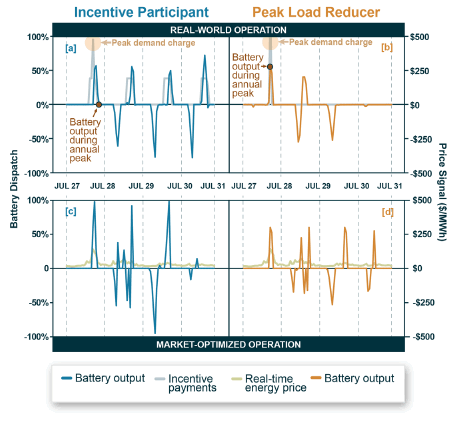
(4) The use of user-side energy storage systems to maximize
self-consumption of solar power generation facilities has little market
value
Net billing has become the primary successor to net metering, providing
reduced compensation for solar power output to the grid. This arrangement
encourages solar power facility customers to deploy battery energy storage
systems in order to shift solar power generation to a time when they can use it
for their own use. For recent historical market prices, research has shown that
operating energy storage in this way does not actually add any value to bulk
power systems. In contrast, the potential annual value of an energy storage
system, if operated to optimize its market value, is $16/kWh to $33/kWh.
9. Distributed hybrid deployment project
(1) The growth of solar + energy storage projects on customer sites
provides new opportunities
Among all battery energy storage systems cumulatively deployed in the
United States by 2020, 30% are user-side energy storage systems (calculated by
installed capacity), most of which are deployed in conjunction with solar power
generation facilities.
(2) The proportion of residential solar power generation facilities
supporting the deployment of energy storage systems has steadily increased, but
the growth rate of the non-residential market is not large
The proportion of residential solar installations with energy storage has
been growing steadily, but still represents a small portion of the market,
accounting for 6% of US residential solar installations installed in 2020. In
the non-residential market, only 2% of solar power generation systems installed
in 2020 will be equipped with energy storage systems, as these customers are
more likely to deploy battery energy storage systems independently.
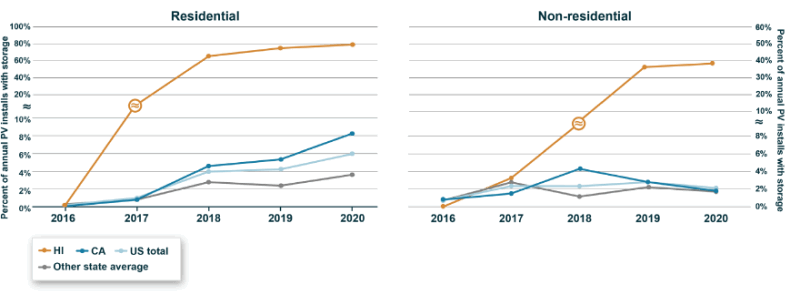
(3) The scale of residential solar + energy storage projects is getting
bigger and bigger
Most residential solar-plus-storage projects typically deploy a 5kWh
battery storage system with a duration of about 2 hours. However, residential
solar-plus-storage projects are getting bigger as customers seek greater backup
power. System configurations in the non-residential market are more diverse,
with an average size of about 100kW/200kWh for residential solar+storage
installed in 2020.
(4) Residential solar installers are more widely accepting energy storage
systems than non-residential solar installers
About half of residential solar installers deploy solar + battery systems,
compared to only 17% of non-residential solar installers.
(5) Prices of residential solar + energy storage projects are on the
rise
Deploying an energy storage system to complement the user-side solar system
will increase the total deployment price by about $1,000/kWh, which ranges from
$700 to $1,300/kWh. For a typical residential solar-plus-storage project, this
adds about 30% to the cost of a stand-alone residential solar facility.
10. future development research
(1) How will it develop in the future?
While hybrid deployment projects offer an opportunity to alleviate the
intermittent challenges of renewable energy generation facilities, their
relative novelty means that research is needed to facilitate integration and
foster innovation.
(2) More research is needed to understand the potential of hybrid
deployment projects
Evaluating the strengths and limitations of hybrid deployment projects is
challenging due to the complexity of combining energy storage or conversion
technologies and multiple renewable energy sources. Project developers, system
operators, planners and regulators will benefit from better data, methodologies
and tools to estimate the cost, value and system impact of hybrid deployment
projects.
(3) The U.S. Department of Energy (DOE) has identified three high-priority
research topics for hybrid deployment projects
A recent DOE report titled "Hybrid Energy Systems: Opportunities for
Coordinated Research" identified areas of near-term opportunity for research and
development of hybrid deployment projects (below): Technology developers can
develop and demonstrate new hardware and software, to achieve co-optimized
resources for hybrid deployment projects. Market, policy and regulatory research
can develop frameworks to ensure efficient investment and operation of hybrid
projects. Both areas of research support refined valuation methods for
quantifying the costs and benefits of hybrid projects in the power system.
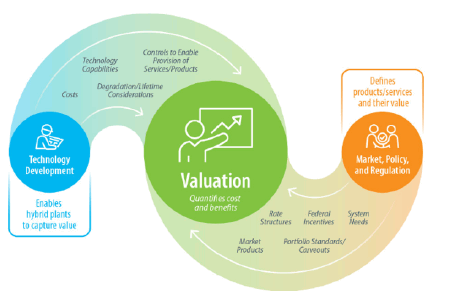
(Overview of priority areas for research on hybrid deployments and their
interdependencies)
The United States is a very potential energy storage market, which is
recognized by almost everyone. SES Power, as a professional lithium battery
energy storage manufacturer, almost all of our energy storage products use
well-known brand batteries, such as EVE, CATL, BYD, products cover 12V to 560V,
capacity from 1KWh to 1MWh, covering lead Acid replacement, industrial support,
UPS, RV, solar energy storage, home energy storage, etc. These products are
almost all standardized and modularized, integrating RS485, CAN and other
communication protocols, supporting remote monitoring and operation, and adding
AI intelligent analysis and cloud storage to the new generation of systems,
which can ensure system compatibility, high speed, and reliability.



















